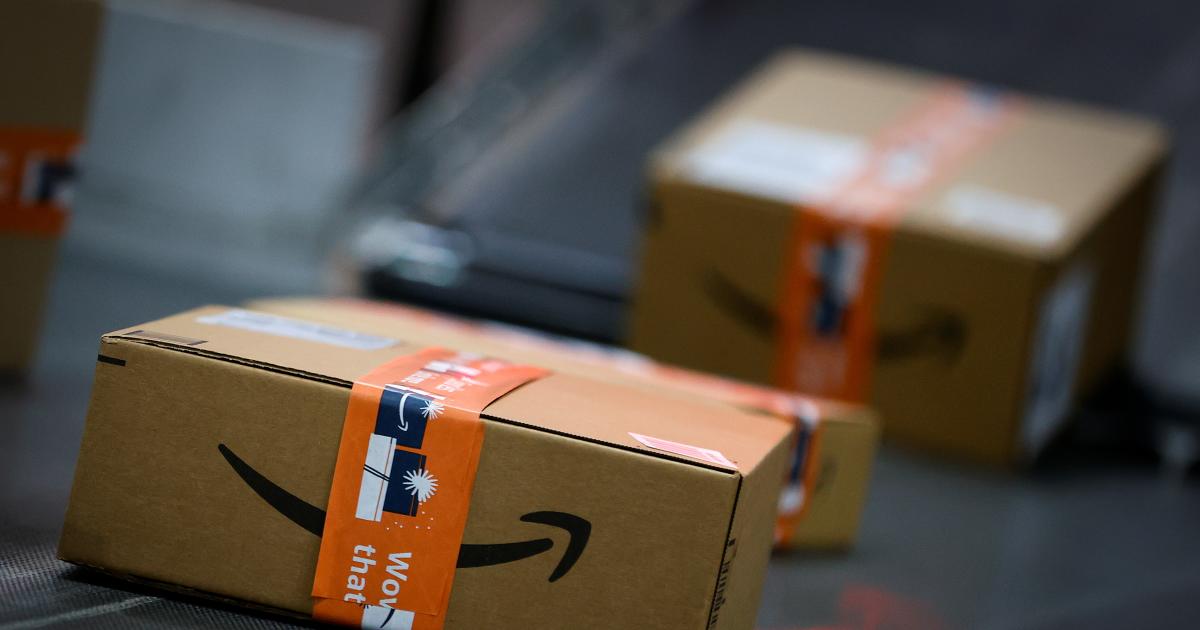Under experimental status, the first flying car has officially been cleared for take off.
This week, Alef Aeronautics revealed its flying car “Model A" was granted legal permission from the Federal Aviation Administration to test run the vehicle on the road and in the sky − a move needed before it can be released to the public.
Alef is the first company to receive a Special Airworthiness Certification from the FFA, the company said in a news release. The certification limits the locations and purpose for which the vehicle is allowed to fly.
The vehicle will also need to meet National Highway and Traffic Safety Administration safety standards before taking flight.
But the company's CEO Jim Dukhovny says the company is "hopeful" the certification "will be our next step."
"The historical significance of this cannot be overstated," Dukhovny told USA TODAY Friday. "While there have been pioneers like Terrafugia, Paul Moller, and Henry Ford, this is the first time a vehicle, in the traditional sense (parks and drives like a car, functions like a car, looks like a car), has received permission to fly. It's also important that Alef is the first electric car which received permission to fly. And, last but not least, the ability for vertical takeoff is central to most people's conception of a 'flying car.'"
Under the Code of Federal Regulations, Alef is required to report any issues including malfunctions or defects to the U.S. government agency during "Model A" development and testing.
Available for preorder
The flying car is now available for preorder, the Santa Clara, California-based company posted on its website. Carrying one or two occupants, the vehicle will sell for about $300,000.
The "Model A" is 100% electric, drivable on public roads and has vertical takeoff and landing capabilities, the company wrote in its release.
The car will be a Low Speed Vehicle, meaning it won’t go faster than about 25 miles per hour on a paved surface. If a driver needs a faster route, they will be able to use the vehicle's flight capabilities, according to Alef.
As of Friday, presales were open, with interested customers able to pay a $150 deposit to get on the waiting list, or $1,500 for a priority spot on the list's queue.
Four years of test flying
The company, founded in 2015 by Dukhovny, Konstantin Kisly, Pavel Markin, Oleg Petrov in Palo Alto, California, has been test driving and flying the car's prototype since 2019.
The version customers could receive has a driving range of 200 miles and a flight range of 110 miles.
Latest car recalls: Honda Odyssey, Pilot, Passport among 1.2 million vehicles recalled.
"We’re excited to receive this certification from the FAA. It allows us to move closer to bringing people an environmentally friendly and faster commute, saving individuals and companies hours each week. This is a one small step for planes, one giant step for cars."
Alef CEO Jim Dukhovny
Marty McFly influence
The idea to get the vehicle on the road and into the air happened the same year Marty McFly, a character from “Back To The Future”, traveled to the “future” of October 2015, according to the company.
"During one of the Science Fiction lectures, Jim Dukhovny talked about how flying cars are finally possible in 2015," Alef wrote in a testament on its website.
He and his fellow founders soon met, and the first real flying car was drawn on a napkin in a cafe, the company said.
"The constraints were: it has to be a real car (driving in driving lanes, parking in parking spaces), it has to have a vertical takeoff (otherwise it is not a real flying car), it has to be affordable for most people (not just the rich)," Alef said.
The following year, the first sub-scale prototype was built, and in 2018, the first full-size “skeleton” took to the skies.
Is July 4th a good day to travel by car? Here are the best and worst times to drive.
Delivery slated to start in late 2025
Buyers will be able to complete their configuration as production nears, the company, backed by a Tesla investor, said.
The company said it plans to start delivering the vehicles to customers by late 2025.
For more information about the "Model A" visit https://alef.aero.
Natalie Neysa Alund covers breaking and trending news for USA TODAY. Reach her at nalund@usatoday.com and follow her on Twitter @nataliealund.
First flying car approved by FAA, now available for preorder - USA TODAY
Read More








/cloudfront-us-east-1.images.arcpublishing.com/gray/WCUYHDVWEWOFRXSOPBA3XNPR2E.jpg)

